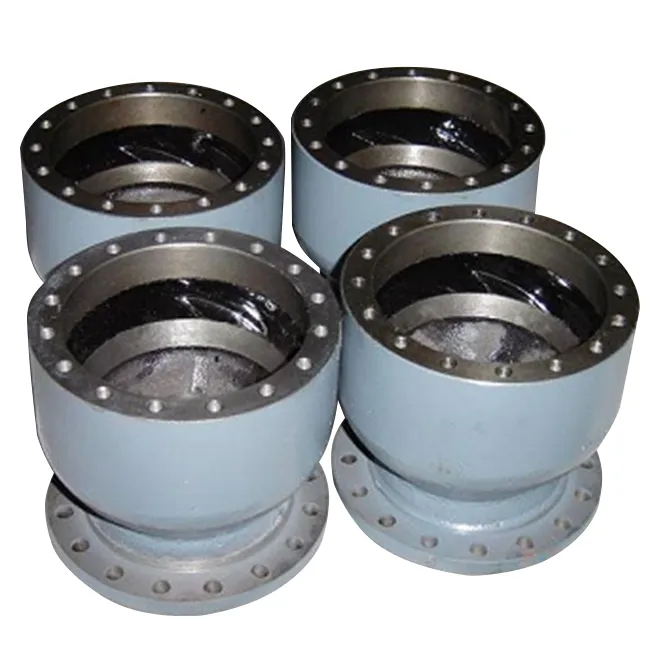Mobile:+86-311-808-126-83
Email:info@ydcastings.com
self priming pump impeller
Understanding Self-Priming Pump Impellers
Self-priming pumps are a vital component in various industrial and agricultural applications, designed to draw liquid automatically without requiring priming before use. One of the essential elements that contribute to the efficiency and functionality of these pumps is the impeller. This article delves into the role of self-priming pump impellers, their design considerations, and their operational advantages.
What is a Self-Priming Pump?
A self-priming pump is engineered to be able to lift liquid from a lower level to a higher one without the need for manual priming. This is particularly useful in situations where the liquid source is below the pump's level, such as in sump operations, wastewater treatment, or drainage systems. The pump relies on a unique mechanism that utilizes air and fluid dynamics to create a vacuum, enabling it to pull liquid efficiently when activated.
The Role of Impellers
At the heart of a self-priming pump lies its impeller. The impeller is a rotating component that transfers energy to the liquid through centrifugal force. In self-priming pumps, the impeller must be designed to handle both liquid and air mixtures effectively. This unique requirement distinguishes them from standard centrifugal pumps, which operate solely with liquid.
Design Considerations
The design of impellers in self-priming pumps includes several critical factors
1. Shape and Size The shape of the impeller blades and their size directly impacts the pump’s efficiency. Impeller blades must be accurately angled to create optimal flow and pressure conditions while minimizing turbulence. A common design choice includes open or semi-open impellers that can handle solids and air efficiently.
self priming pump impeller

2. Materials Impellers are typically made from materials resistant to corrosion and wear, such as stainless steel or durable plastics. The choice of material depends on the fluid being pumped; for example, aggressive chemicals may require specific coatings or compositions.
3. Clearance Adequate clearance between the impeller and the pump casing is vital. This space allows for the efficient removal of air and prevents cavitation, which can be detrimental to pump operation. Proper clearance ensures that air is efficiently expelled, enabling the pump to convert from drawing air to drawing liquid seamlessly.
4. Hydraulic Design The hydraulic design of the impeller must allow for the quick evacuation of air, promoting a rapid shift to liquid absorption. This includes considering the volute or diffuser design that accompanies the impeller.
Advantages of Self-Priming Impellers
Self-priming pump impellers offer numerous advantages, including
- Convenience Users can operate the pump without the need for manual priming, significantly reducing preparation time. - Versatility These pumps can handle a diverse range of fluids, including those with solids or particle content, making them suitable for various applications. - Reliability Once started, self-priming pumps can maintain prime even with changing liquid levels, providing continuous operation in critical applications.
Conclusion
Self-priming pump impellers play a crucial role in the reliability and efficiency of self-priming pumping systems. Understanding their design and operational characteristics can help industries select the right type of pump for their specific needs, ensuring optimal performance and longevity. As technology advances, the design and materials used in impellers will continue to evolve, enhancing the capabilities of these essential tools in fluid management.
-
Understanding Metal Casting TechniquesNewsApr.02,2025
-
Understanding Exhaust Manifolds for Enhanced Engine PerformanceNewsApr.02,2025
-
The World of Metal FabricationNewsApr.02,2025
-
Key Components for Pump and Turbo EfficiencyNewsApr.02,2025
-
Essential Tools for Automotive Maintenance and RepairNewsApr.02,2025
-
Durable Valve Components for Effective Water ManagementNewsApr.02,2025











